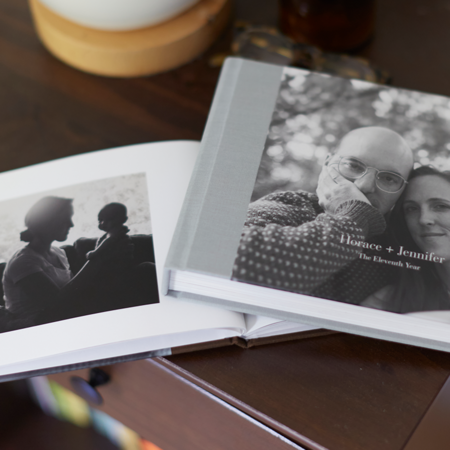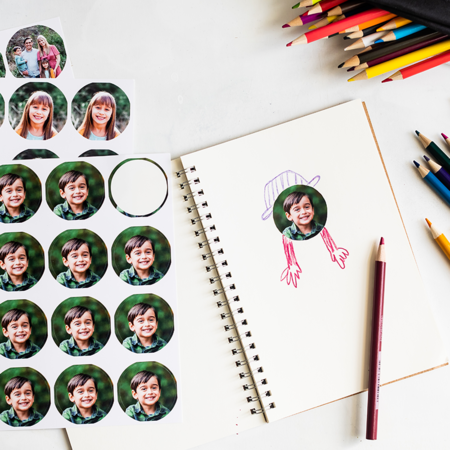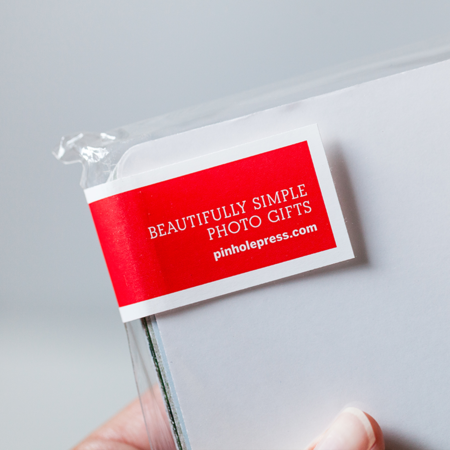Although most babies don’t start showing their pearly whites until they’re roughly 6-12 months old, the teething process can start rearing its ugly head as early as two months In addition to blood-curdling screams, excessive chewing, and sleepless nights, teething can also come with another unpleasant side effect; a rash. Here’s what you need to know:
What is a teething rash?
Teething rashes typically occur when a child is between 3-12 months of age, and is caused by your baby’s abundance of drool. Experts say that it’s basically eczema caused by saliva coming in contact with the skin.
How do I prevent it?
There are a couple of ways to prevent drool-fueled skin irritation. The first, and most obvious is keeping your baby’s skin as dry as possible. Swapping out bibs, clothing, and wiping saliva off of skin will make a world of a difference. The second preventative measure is to use a heavy, bland ointment like petroleum jelly on the affected areas.
Can I treat it at home?
No matter how diligent you are, your baby might still get a teething rash, and that’s okay. For the most part, teething rashes aren’t cause for alarm. To treat it at home, continue to keep the area dry and use ointment. You can also try applying a non-prescription strength hydrocortisone cream if the area seems particularly inflamed
When should I see a doctor?
It isn’t often that a teething rash becomes infected, but if you’re worried or your at-home treatments aren’t working, talk to your doctor. Your teething rash made need a doctor’s attention if the affected area is oozing, crusting or cracking, spreading, is accompanied by a fever, or is getting worse. Your doctor should be able to prescribe you an antibiotic to remedy the issue.
Don’t worry, Mama! This too shall pass.

About the Author
Abby Tolbert is a Marketing Coordinator at Pinhole Press. A self-proclaimed chicken tender aficionado, she loves spending her free time looking for the area’s best pub fare and taking sunny walks in Albany’s historic Washington Park.








